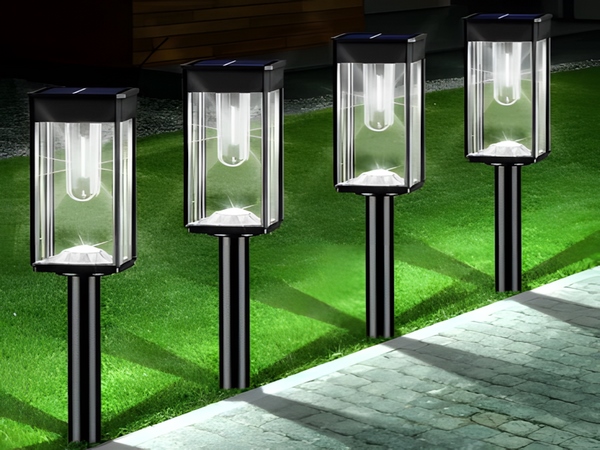

Distributed photovoltaic power generation systems can generally be divided into residential photovoltaic systems and commercial/industrial photovoltaic systems. The so-called residential photovoltaic power generation system primarily refers to systems that install and use distributed solar power generation on the rooftops of individual homes. On the other hand, commercial and industrial photovoltaic power generation systems mainly involve the installation and use of distributed solar power generation on the rooftops of industrial enterprises. Among them, residential photovoltaic systems benefit from higher subsidies in the country. Additionally, the application and installation of residential solar photovoltaic systems for grid connection are relatively straightforward, while the preliminary requirements and subsequent processes for commercial and industrial photovoltaic systems are comparatively complex. Therefore, grid-connected residential photovoltaic power generation will be the core development market for distributed photovoltaic systems in China. The installation of household solar photovoltaic power generation in China has several advantages:
1. Quick results: Residential photovoltaic stations have a fast application process, quick installation, and rapid subsidy acquisition. Generally, it takes only 10 working days to obtain a connection application opinion for household photovoltaic stations. The entire installation process usually does not exceed 3 days, and the grid acceptance check typically takes no more than 7 days; thus, the entire process can be completed in about 15 days. Moreover, the subsidy disbursement period typically does not exceed 3 months.
2. Low investment: The installation capacity on the rooftops of urban villas is mostly between 5-8kWp, with some larger villas or elevated roofs able to install over 10kWp. The investment required for solar power generation systems in villas with a capacity of 5-8kWp ranges from 60,000 to 100,000. Although rural houses usually have larger rooftops, China’s subsidy method is primarily self-generated and used, with excess power fed back into the grid. Therefore, for rural rooftops, an installation capacity of 3-5kWp can be achieved with an investment of 30,000 to 50,000, allowing homeowners to enjoy a self-consumed and net metering rooftop solar photovoltaic system.

3. Simple grid connection: The application process for grid connection of residential photovoltaic systems is straightforward. It requires only proof of property rights and ensures that an electricity meter is installed for grid connection. Power companies also provide two meters and grid connection design free of charge; installation does not require special connection equipment; components such as grid switches and inverters that meet national requirements are sufficient.
This covers the benefits of household solar photovoltaic power generation. If you wish to learn more details or purchase a solar photovoltaic power generation system, you can seek out a professional manufacturer of solar photovoltaic systems. They specialize in research and development, production, sales, and design of solar photovoltaic power generation systems.



